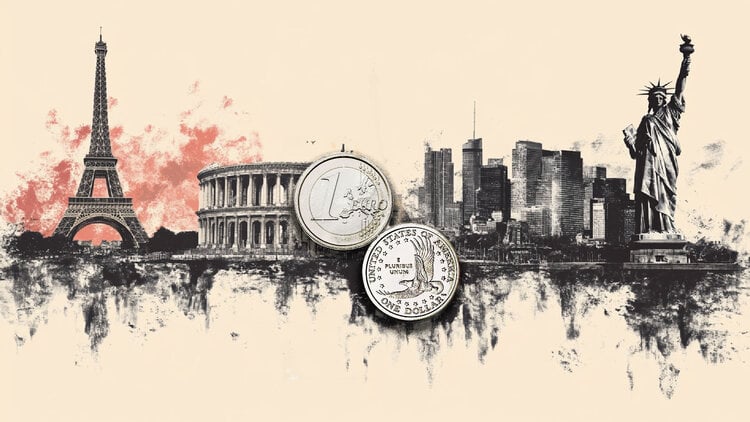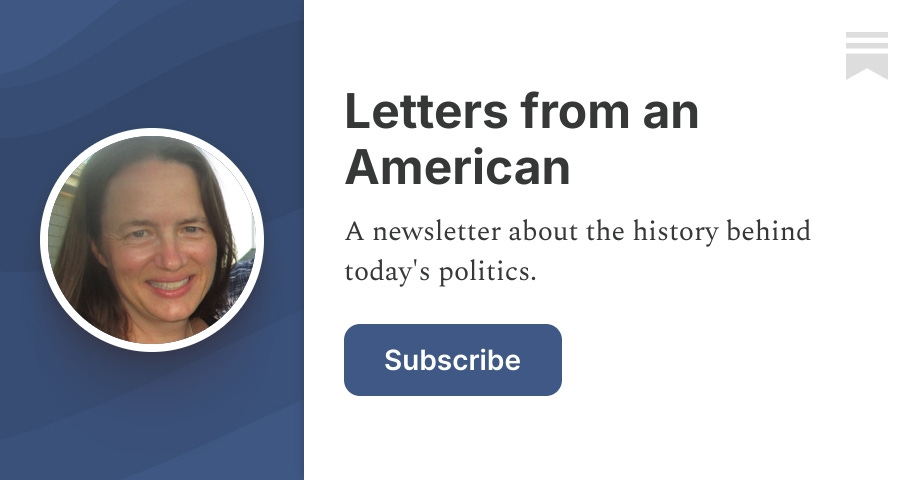Congress Might Cap Federal Student Loan Limits, With Consequences | Bankrate
In the halls of Congress, an attempt to simplify can often lead to unintended consequences.
That’s one concern with the Student Success and Taxpayer Savings Plan within the House of Representatives’ budget reconciliation bill.
One highlight of the plan, which passed through the House on May 22 on its way to the Senate, is the capping of federal student loan limits. On its face, this seems like a logical move: the $1.6 trillion federal student loan portfolio is spiraling out of control, and the firehose of government-provided financial aid has undoubtedly triggered college tuition inflation.
And yet, limiting how much students and their families can borrow from Uncle Sam might actually cause as many or more problems than it solves.
The bill, among other pending student loan legislation, would drop the maximum annual loan limit for federal Direct Unsubsidized loans (disbursed on or after July 1, 2026) to the median cost of the program. What this would mean for undeclared majors remains to be seen.
It would also dispatch federal Direct Subsidized and Grad PLUS loans and decrease the aggregate borrowing thresholds for the remaining unsubsidized and Parent PLUS loans.
| Current aggregate limit | Proposed aggregate limit* | |
|---|---|---|
| Undergraduates | Dependent: $31,000 Independent: $57,500 | $50,000 |
| Graduate students | $138,500 | $100,000 |
| Professional students | $138,500 Health professions: $224,000 | $150,000 |
| Parent PLUS loans | Cost of attendance minus other aid | $50,000 |
Loan limits could further decrease based on whether you’re a part- or full-time student and what you’re studying. Schools could also lower the limits for certain programs.
Expert's take
Mark Kantrowitz, a nationally-recognized voice on college financial aid, wrote in his wrap of student loan impacts of Congress’s proposal: “Loan limits have not changed since 2008 and are overdue for increases.”
Let’s take a look at the unintended consequences of these potential ceilings on federal loan borrowing.
Less than eight percent of outstanding student loans in the U.S. are lent by banks, credit unions, online companies and state agencies, according to research firm Enterval Analytics.
These private loans a clear second choice behind federal loans that have a wider repayment safety net. But private loans are necessary for many students and families to bridge the gap between their federal and other financial aid and their school’s cost of attendance.
If federal loan limits shrink, the private student loan slice of the pie should increase. You can’t borrow any more from the Education Department, the logic goes, so you shop around for a private loan to make up for it.
Private loans could be harder to get, at least initially, for some students.
For example, a junior or senior pursuing a four-year degree could run up against the aggregate loan limit before making it to graduation. As a student, they understandably haven’t increased their income significantly and now have six figures of debt. A private lender might be less willing to give a loan because the students’ debt-to-income (DTI) ratio is even further out of whack than when they were entering college.
Students can access a private loan with the help of a cosigner. In fact, 96 percent of undergraduate students’ private loans are cosigned, according to Enterval. But what if there is no cosigner or, quite possibly, the cosigners DTI and credit doesn’t meet the requirements? Then what do you do?
Unless college tuition falls dramatically and private lenders loosen their eligibility criteria simultaneously, more students may have to drop out and forgo finishing a degree. That’s an awful scenario for an individual, and an undesirable outcome for everyone. College dropouts are far likelier than peers who graduate to default on the debt they accumulate.
Data from the Bureau of Labor Statistics has long shown that college degree-holders earn larger salaries and, according to a recent Federal Reserve Bank of New York analysis, are likelier to hold employment. But it’s also true that those with a second degree, such as a master’s or professional diploma, earn even higher wages.
Lower aggregate borrowing limits — and the potential disappearance of the federal Grad PLUS Loan program, also a part of this bill — could mean that many would-be doctors and lawyers, among others, would no longer have the financing options available to pursue such careers. The socioeconomic ladder would be tougher to climb.
Consider the scenario of a lower-income student hoping to attend medical school, for example:
| Today’s loan limits | Proposed loan limits |
|---|---|
| The student can borrow up to the cost of attendance (minus other financial aid, hopefully including grants and scholarships) in federal Grad PLUS loans. DTI and credit score has no bearing on eligibility. | The student borrows up to $200,000 in federal Direct Unsubsidized loans. They also try to qualify for private graduate loans to bridge the gap in cost of attendance. Qualifying requires a low DTI and high credit score or a creditworthy cosigner. |
Consider that the median cost of medical school exceeds $286,000, and about 50 percent of medical school graduates left school with more than $150,000 in education debt, according to Association of American Medical Colleges data.
One student’s story
Recently, Bankrate interviewed a surgeon to discuss his repayment of $450,000 in student loans, mostly for medical school. We also asked him whether closing the Grad PLUS loan program would have impacted his route from “solid middle-class” upbringing to high-earning partner at a healthcare firm.
He said: “So, my parents worked hard to help send me to undergrad… and I’m forever grateful for them, but they told me, ‘You’re on your own for med school.’ That was the deal. So, without the ability to obtain these federal loans, I don’t think I would have made it to med school.”
A falling cap on loan limits could make it harder for lower-income students to stay in school — it could also hinder their upward mobility.
No matter what you think about schools’ role in creating the student loan crisis, those without large endowments have had to be creative to avoid their own debt. For better or worse, for instance, some have relied on the flow of PLUS loans and the higher tuition rates of graduate degrees to furnish education for undergrads, as the The Hechinger Report previously reported.
Shutting off Direct Subsidized and Grad PLUS loans and lowering borrowing amounts across the board will most directly impact schools that lack sizable endowments and exist to serve lower-income students.
If the budget reconciliation bill in Congress tripled the Pell Grant award amount ($7,395 for the 2025-2026 school year), that would soften the blow. But the bill works in the opposite direction, limiting eligibility and providing enough funding ($10.5 billion) to “reduce” but not reverse the program’s budgetary shortfall.
Without increased Pell Grants, Historically Black Colleges and Universities (HBCUs) are particularly vulnerable to lower federal student loan limits and fewer loan options, considering they’ve seen a decrease in federal grants since the Trump Administration took office earlier this year.
At a May 21 Senate committee hearing, multiple HBCU leaders, including Tuskegee University president Mark A. Brown, expressed concern.
“The vast majority of our students use Pell Grants,” Brown testified, via Inside Higher Ed’s reporting. “If you reduce Pell Grants, you will probably increase the amount used in student loans. If you cap access to student loans and at the same time reduce Pell Grants, you will hurt access to education for those who begin their educational journey in poverty or with significant need.”
Lowering federal loan limits and limiting eligibility for Pell Grants would disproportionately impact schools that serve lower-income students, especially HBCUs.
Did you find this page helpful?
Help us improve our content










:max_bytes(150000):strip_icc()/COINChart-c14f34974f864d53a77e25bfcccbdb7c.gif)